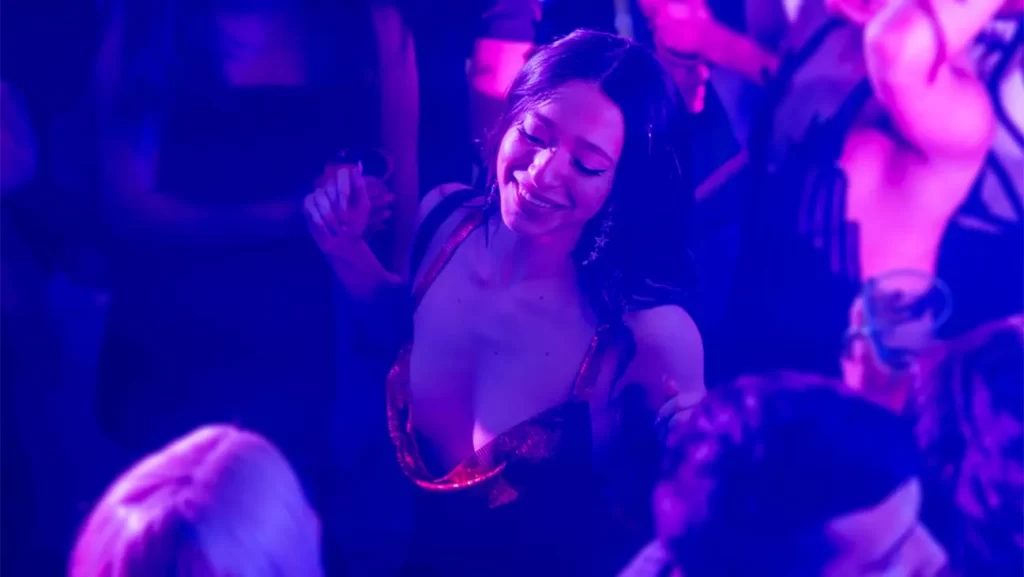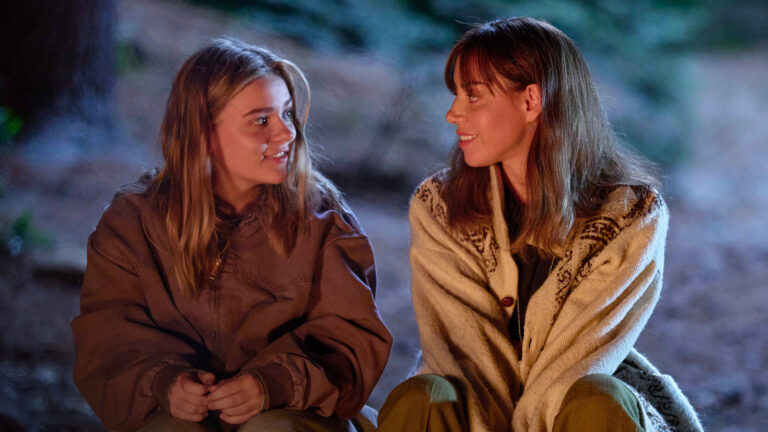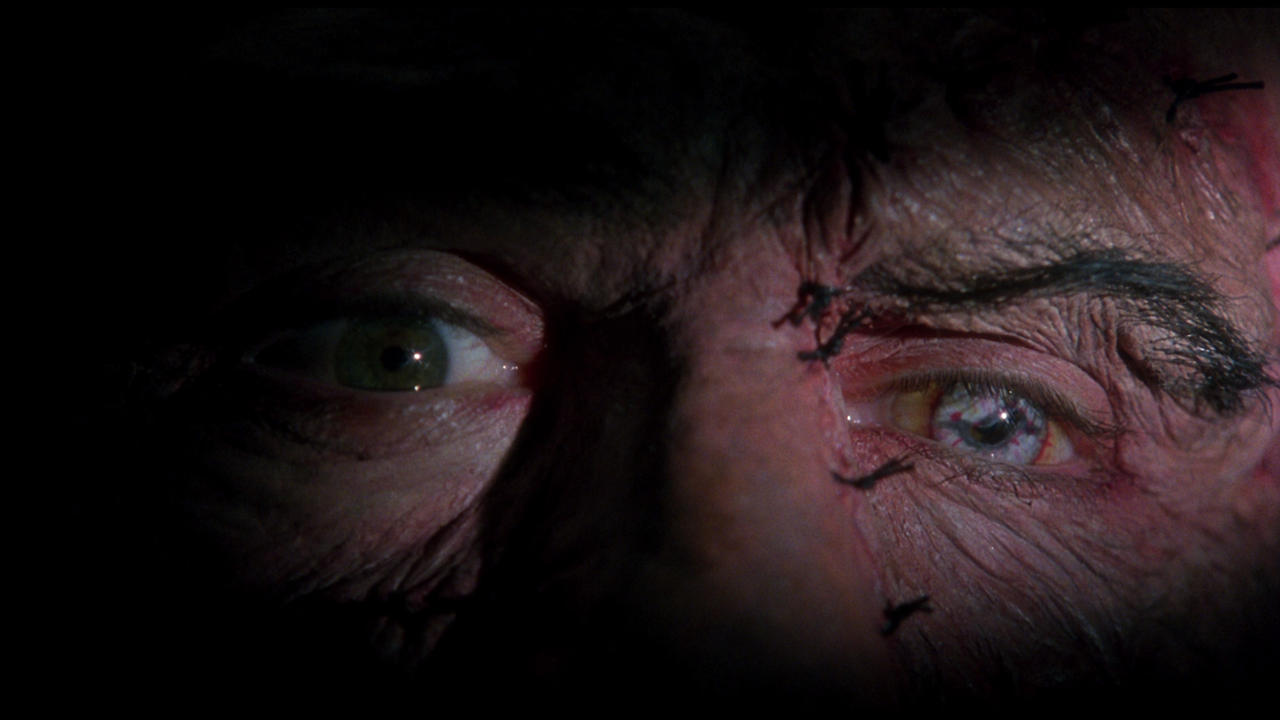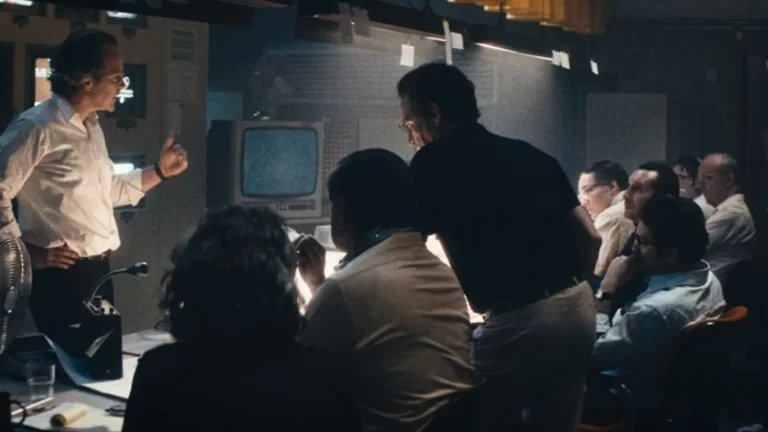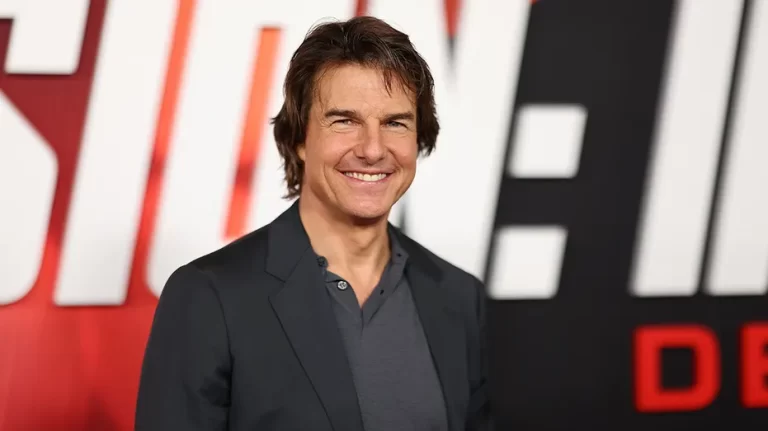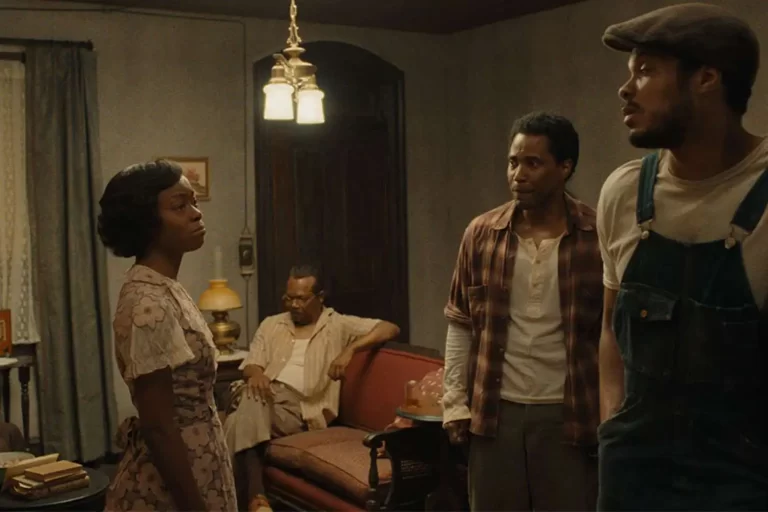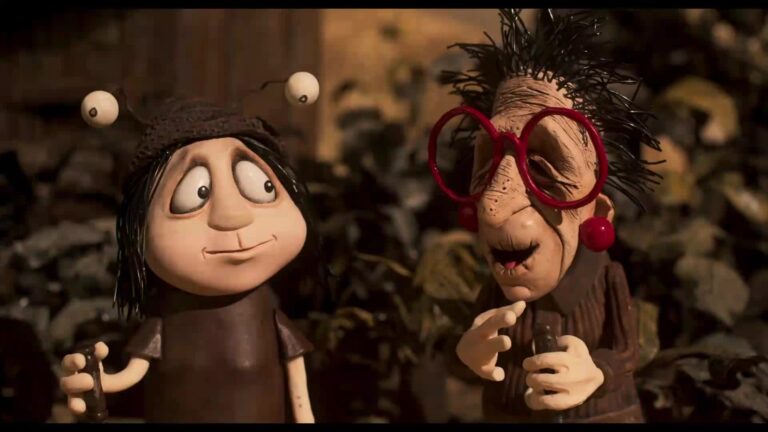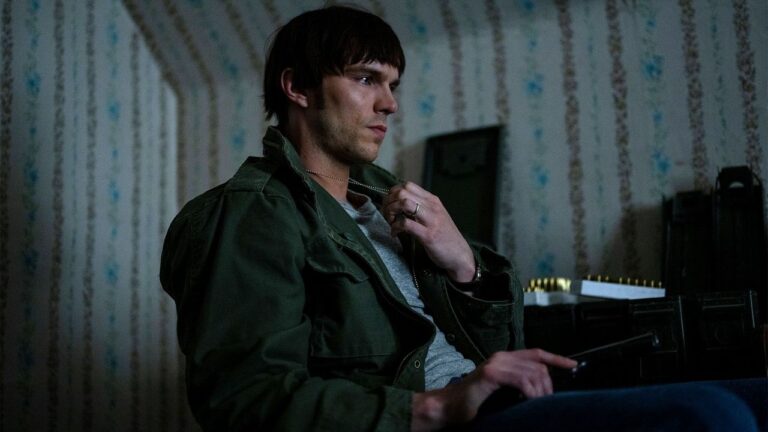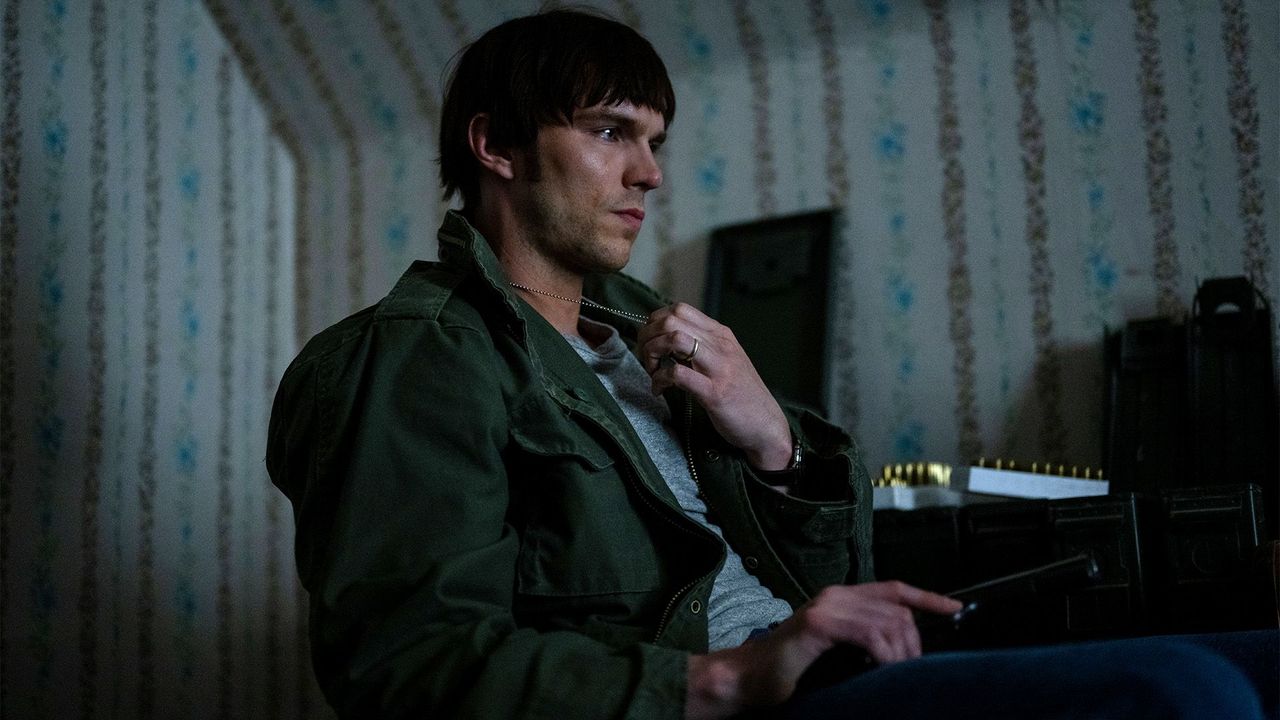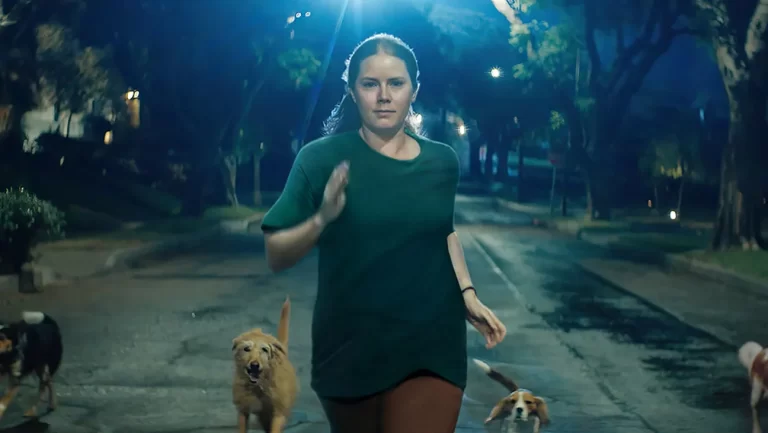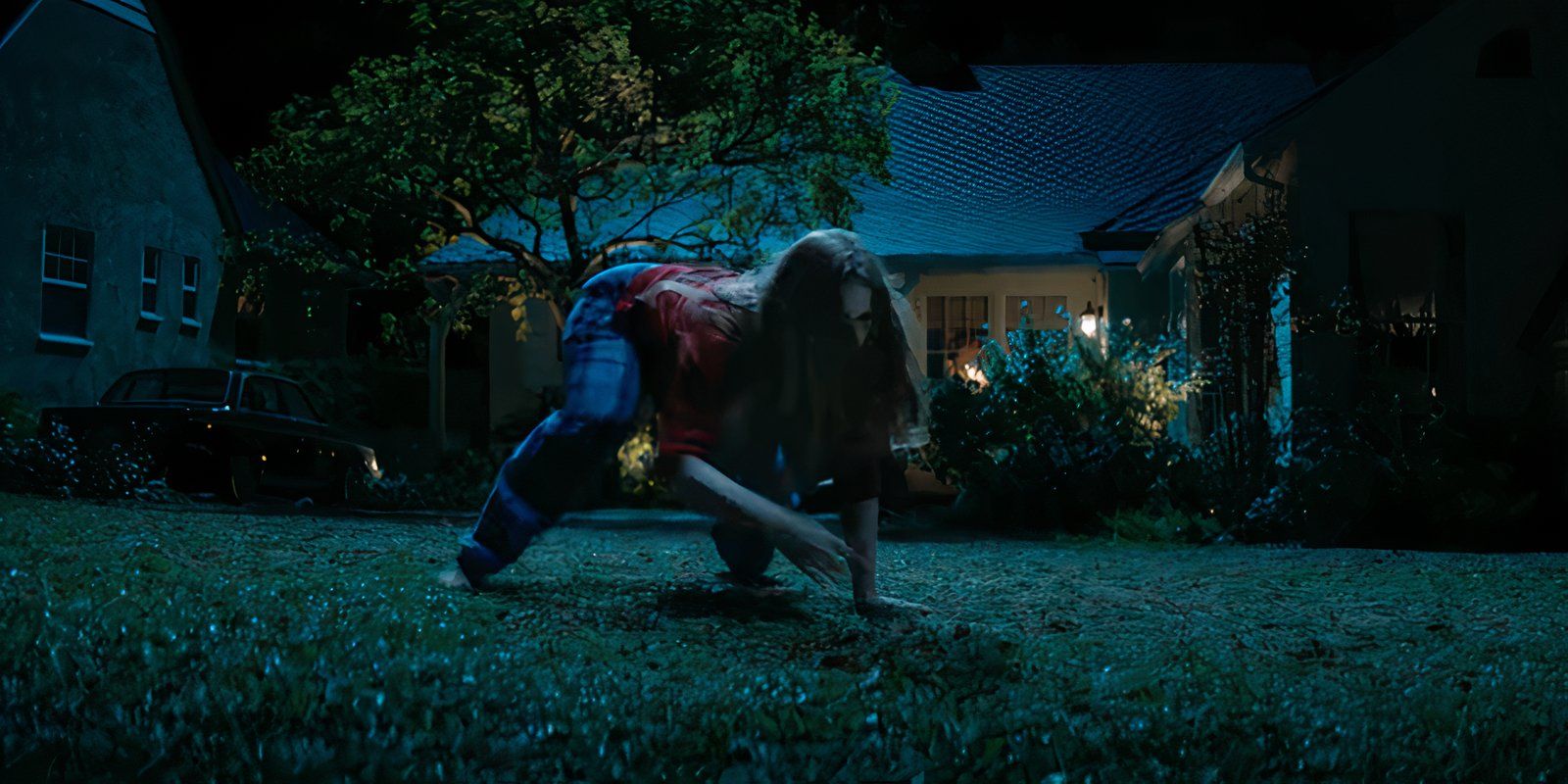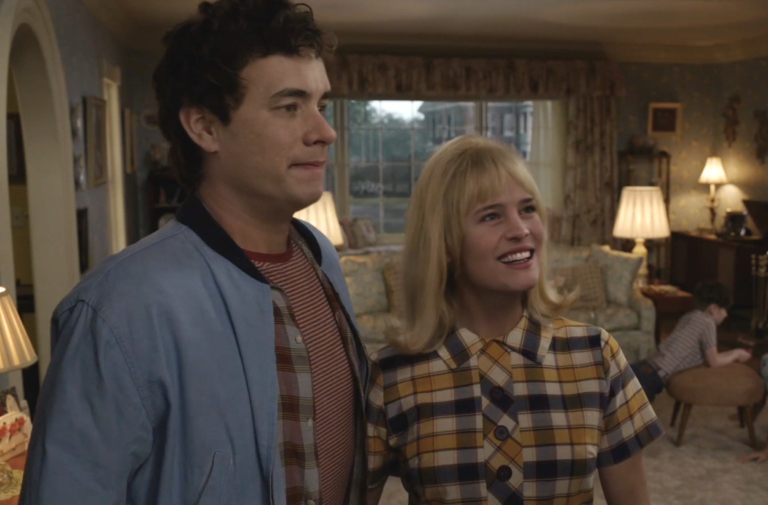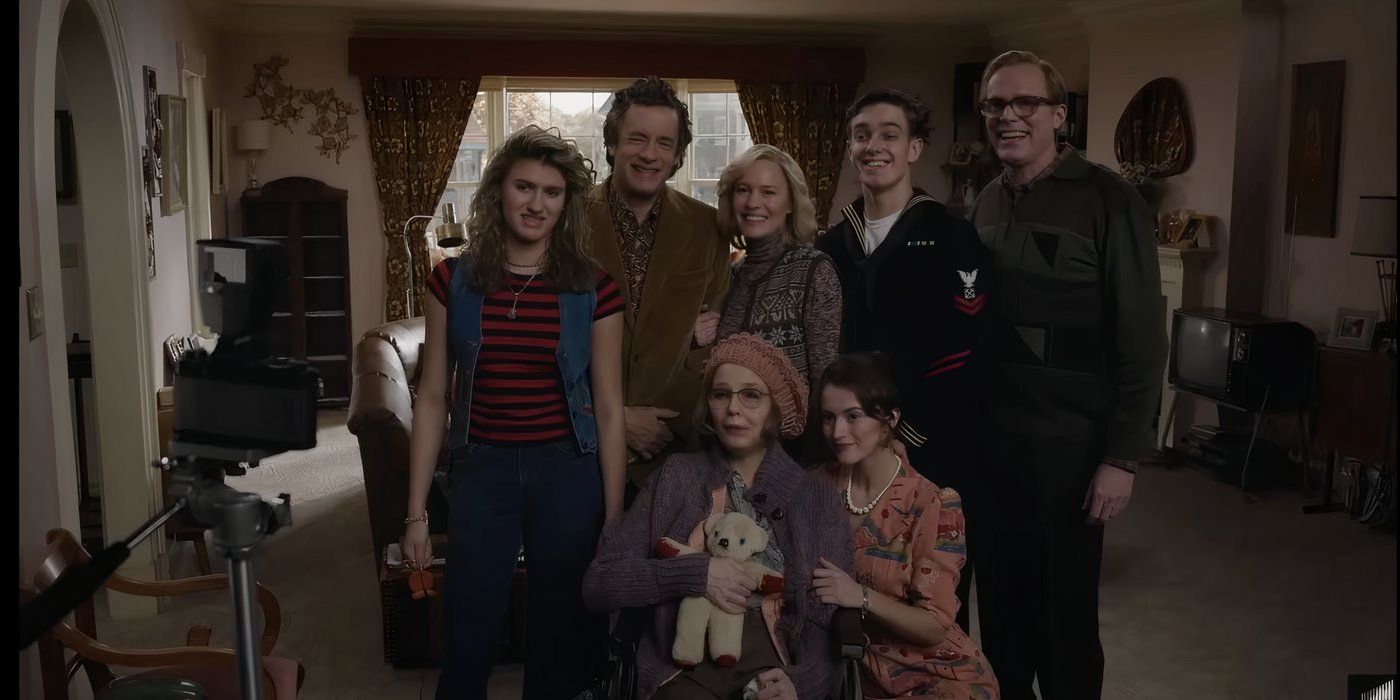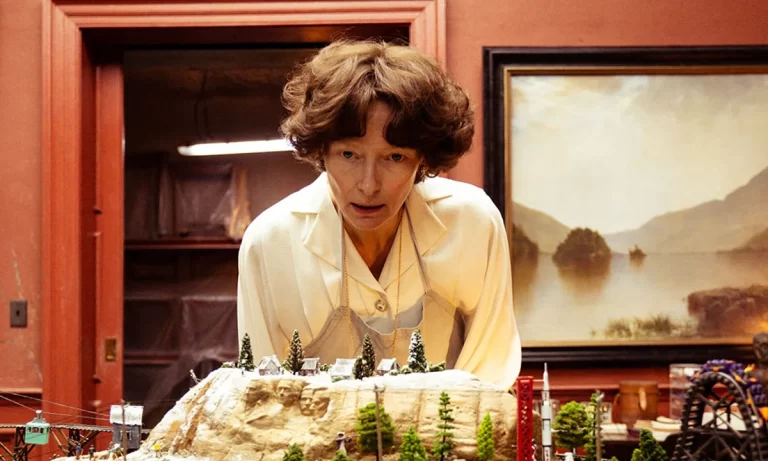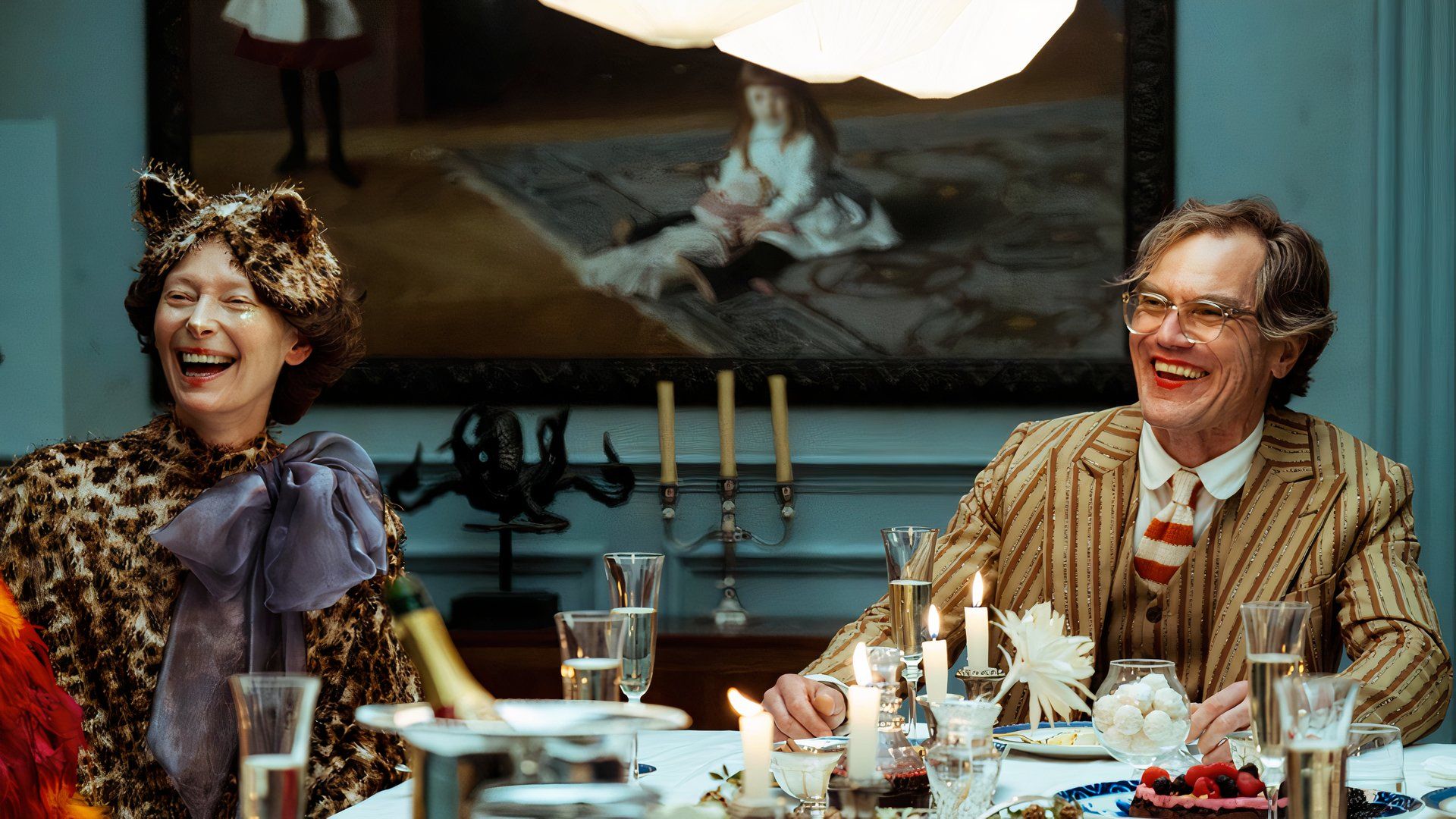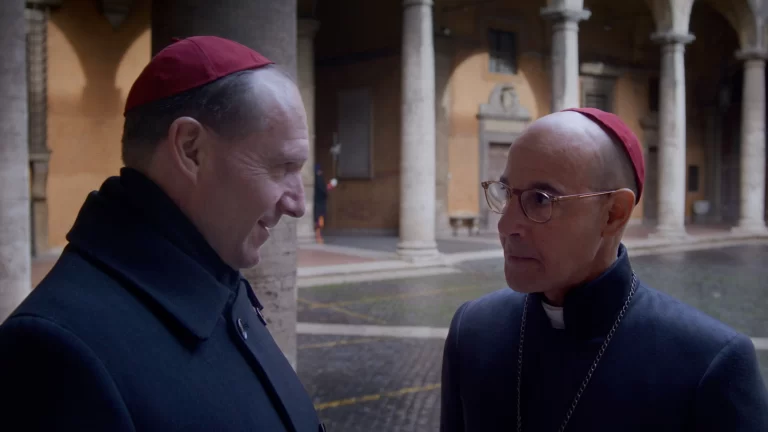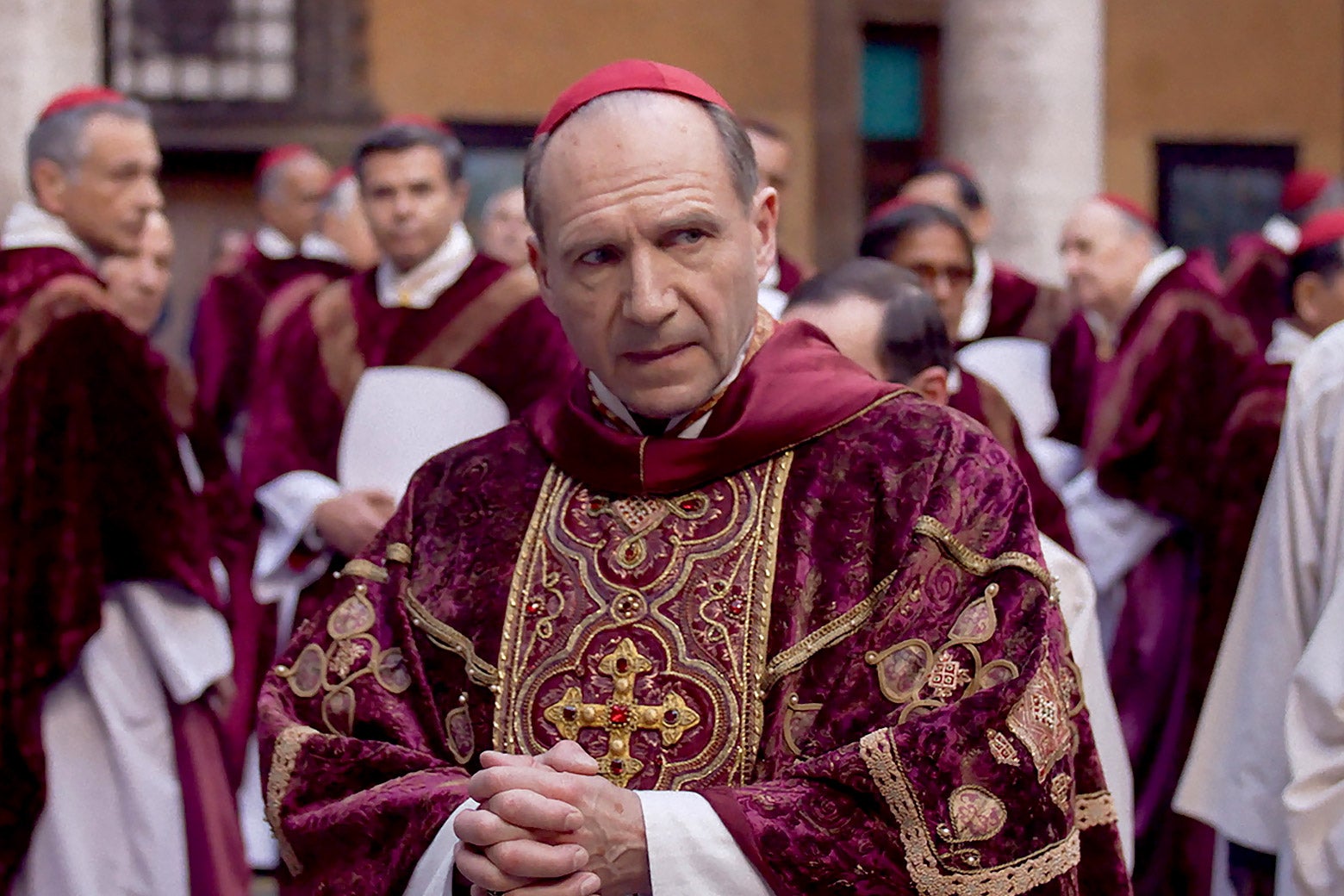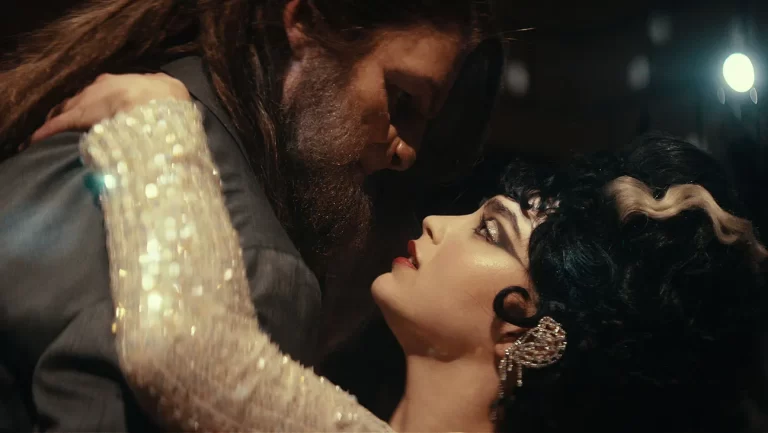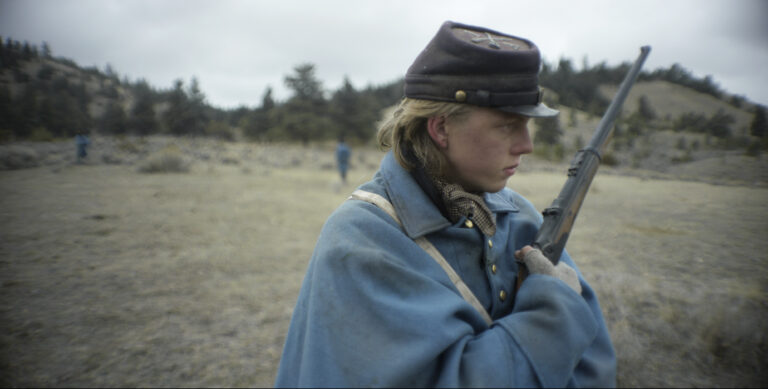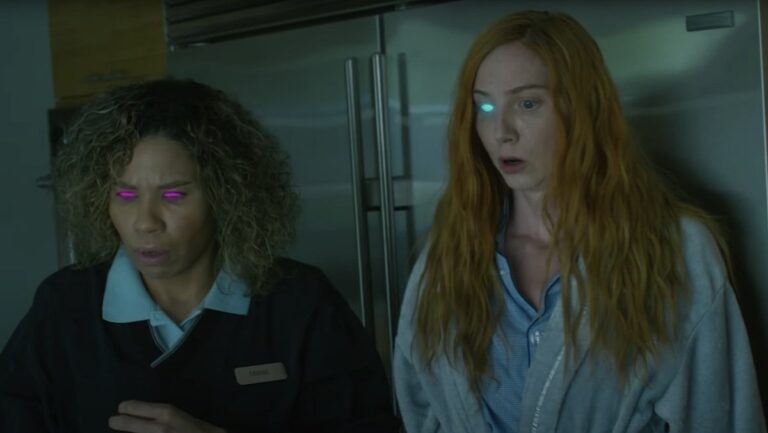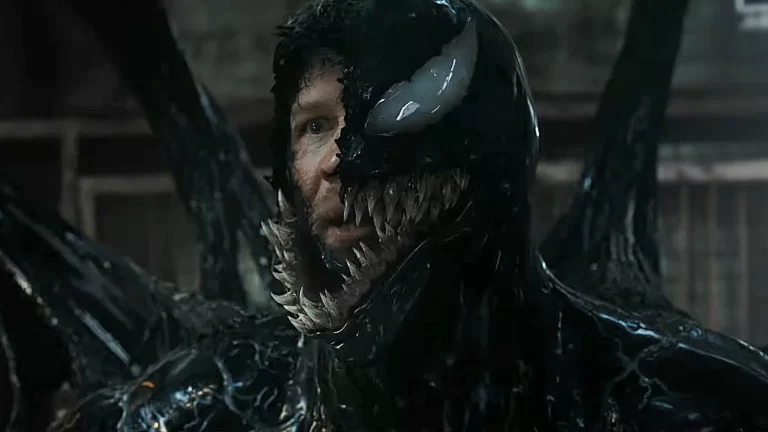As a kid, my favorite Disney film was—and still is—Beauty and the Beast. It spoke to my heart in ways I didn’t fully understand at the time. The tale wasn’t just about romance or outward appearances; it was about transformation—not just of the Beast, but of Belle herself—how she, too, had to open her heart and mind. That story, with its layers of magic and humanity, painted a world where love, kindness, and self-acceptance could thrive, even in the unlikeliest of places. Fast forward a few decades to 2024, and watching Your Monster evoked that same sense of wonder and nostalgia, as if I were reconnecting with the part of me that fell in love with fairy tales and the belief in the extraordinary hidden in the mundane.

Your Monster felt like a love letter to childhood fairy tales but with a modern twist, grounded in the complexities of adult life. Its quirky premise—centering around a monster living in your closet—recalled the fantastical elements of Beauty and the Beast, but the monster wasn’t a grand, roaring creature. He was something more relatable, a bit grumpy, hiding his true self, and wrestling with insecurities that mirror the struggles of real-life adulthood. The story unfolded in a way that transported me back to those childhood moments, reminding me of the magic of transformative love stories where even the most guarded hearts could find redemption.
As a kid, Beauty and the Beast catered to my love of stories in which characters saw beyond the surface, offering a message that beauty lies in kindness, self-awareness, and growth. Over time, as I’ve grown older, the sheen of that fairy tale belief has dulled a bit. The challenges of real life—fractured relationships, personal health struggles, and uncertainties—tend to make fairy tale romances feel unrealistic. But Your Monster offered a breath of fresh air, a reminder that love stories don’t always need to fit the mold of grand palaces or enchanted roses. They can, and often do, unfold in our very real, messy lives.
In Your Monster, Melissa Barrera’s portrayal of Laura captures that essence perfectly. She isn’t just another “Beauty” waiting to be saved. Laura is messy, emotionally wounded, and trying to find her footing again after a breakup and a health scare that have shaken her sense of self. Her character resonated deeply with me, especially in moments where she grappled with reclaiming parts of herself that felt lost. It struck a chord with a truth I’ve been learning over time. In life, sometimes you aren’t waiting for a Prince Charming to rescue you from a tower. Sometimes, you’re just trying to figure out how to build yourself back up from the inside, one piece at a time.
That aspect of Laura’s character made her far more real to me than many traditional “fairy tale” heroines. She wasn’t waiting to be transformed by love; she was working to transform herself. Her dynamic with the Closet Monster, played by Tommy Dewey, brought this internal struggle to the surface in beautifully awkward and endearing ways. The Monster, while grumpy and closed-off, wasn’t a literal beast in the traditional sense. He was someone hiding away, afraid to show his vulnerabilities, much like many of us do when life gets hard. His emotional guardedness felt relatable, more human than monstrous, as if the beast we are all facing isn’t out in the world—it’s within ourselves.
I couldn’t help but be reminded of those moments in Beauty and the Beast when the Beast, for all his ferocity, showed a vulnerability that made him human in Belle’s eyes. Similarly, Your Monster takes a modern approach to that emotional transformation. It isn’t about magic spells or enchanted objects; it’s about two people, flawed and imperfect, finding connection through their shared vulnerability. One scene, in particular, stood out to me: the Szechuan chicken moment.

In this scene, Laura and the Monster bicker back and forth, with Laura repeatedly asking if he wants some chicken while he keeps glancing at it, insisting, “No, I don’t want no chicken.” It wasn’t the grand ballroom dance of Beauty and the Beast, but it was filled with its own kind of magic. The awkwardness and rawness of their interaction felt like a true human connection—two people tentatively reaching out to each other in their shared loneliness and brokenness. That moment truly had me smiling from ear to ear, capturing the essence of genuine connection in the most unexpected way.
The real strength of Your Monster lies in its ability to reflect on the everyday magic of transformation. Much like Beauty and the Beast, it isn’t about someone swooping in to “save” the other person. It’s about letting people in, about finding the courage to be seen for who you really are, warts and all. The Monster in the closet represents the insecurities and fears that we all hide away. Laura’s journey with him isn’t just about romance—it’s about healing, growth, and learning to love ourselves even when we feel unworthy.
As I sat there watching Your Monster, I realized how much I still believe in the magic of stories like Beauty and the Beast, even if life has complicated my understanding of love and transformation. Your Monster reminded me that love doesn’t have to look like the grand gestures of fairy tales; it can be found in the small, quiet moments when we let someone in, even when it’s scary. That realization hit me like a wave of nostalgia—taking me back to the wonder I felt as a child watching Beauty and the Beast, while also acknowledging the realities of adult life that have tempered that sense of wonder.
At its core, Your Monster is a love story, but not in the traditional sense. It’s about the magic we find in each other, yes, but more importantly, it’s about the magic we find in ourselves when we’re brave enough to confront our inner demons. It’s about facing our fears, even when they’re hiding in the back of our closets, and finding connection in places we never expected. Watching it felt like a return to the part of me that still believes in the possibility of magic—messy, complicated, and full of love.
Much like Beauty and the Beast did for me all those years ago, Your Monster left me feeling that love, in all its messiness, can still be transformative. This film was made for me; it reminded me that we don’t have to be perfect to deserve love and that sometimes the monsters we face are the ones that help us grow the most. In that way, Your Monster felt like a love letter to my childhood—when I first fell in love with the idea that magic and transformation are possible, even in the most unlikely places.
